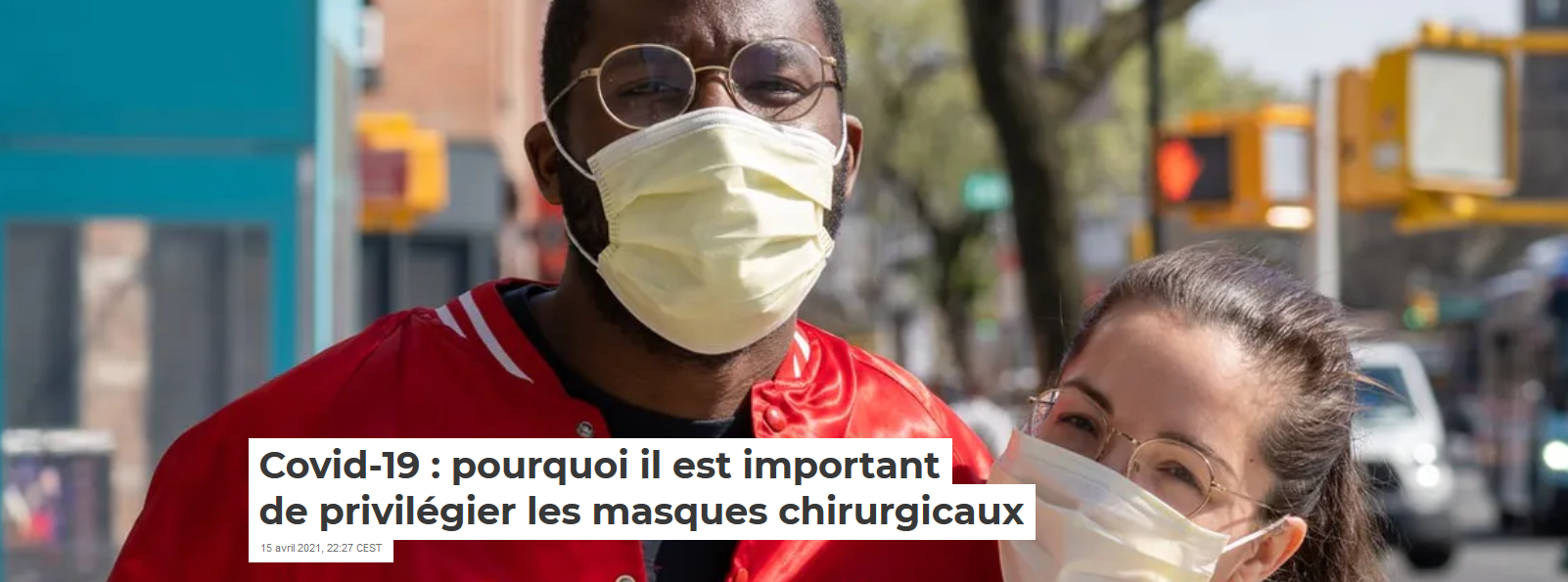In 2020, the first weeks of the Covid-19 pandemic were marked by the controversy over the shortage of masks.
Things have gradually improved, and today four categories of masks are listed by the public authorities: respiratory protection masks (FFP), “surgical” type masks, masks manufactured by textile professionals or “homemade” according to the dedicated AFNOR specification (a specification whose performance has been tested in the laboratory), and “general public” textile masks (whose filtration properties may be higher than 90% (category 1) or 70% (category 2). The latter, defined by the interministerial note of 29 March 2020, are reserved for use outside the health system (sometimes referred to as UNS1 or 2 masks, for “non-health use”).
With the emergence of more transmissible variants, the French government now advises against the use of homemade barrier masks, as their filtration efficiency could not be evaluated, as well as category 2 masks, whose filtration is deemed insufficient.
Only category 1 or surgical masks are now tolerated in schools under the Ministry of Education (school, college, high school). But are they all as effective as announced?





